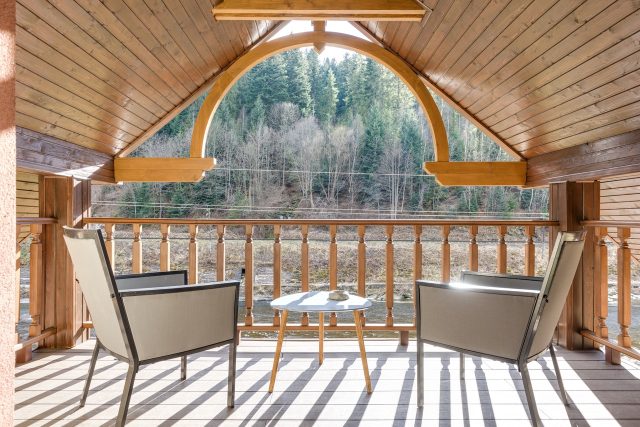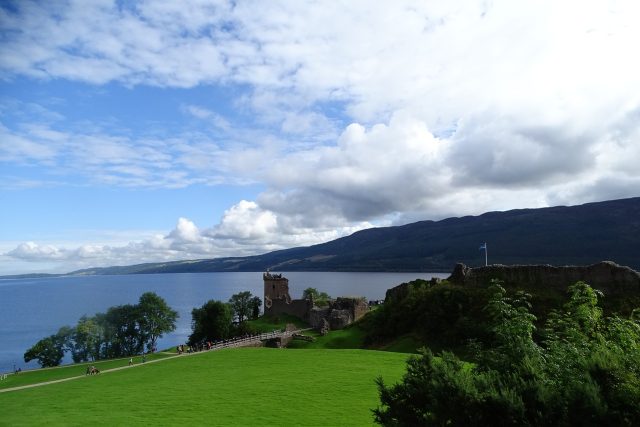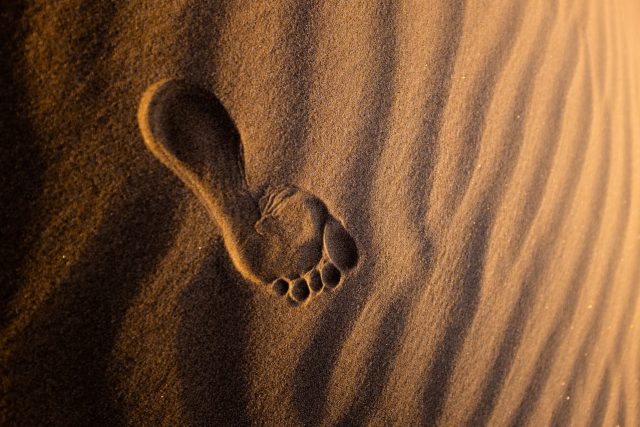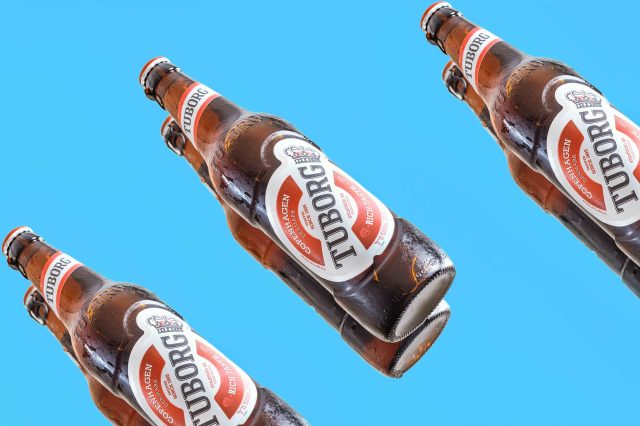Common Myths About Wooden Houses
Wooden houses are one of the most eco-friendly and natural places to reside. In fact, a majority of people have shifted to wood as a building material instead of conventional materials.
However, along with its benefits, people know a lot of things about the material, which is ultimately a myth. Some say it’s not durable, while others find it fragile. Both of these statements are absolutely false.
Speaking of which, today, we will decode some of the common myths related to wooden houses.
Myth 1: They are not Long Lasting
One of the most apparent myths related to wooden houses is that they are not long-lasting. However, the truth is that houses made from wood can serve for 100-150 years. All it requires is proper construction and maintenance, that’s it.
The primary reason behind its durability is the advanced technologies used in wood production. These technologies prevent any negative occurrences like cracking, decay, discoloration, twisting, etc., in residential log cabins.
When the wood is technically dried, it makes a sturdy building material. Blend in some protective composition, and you will get a robust and lasting wooden house.
Myth 2: Woods Get Damaged in Bad Weather Conditions
Be it extreme summers or winters; woods provide the desirable environment as per the season. Being a natural insulator, it keeps you warm during winters and cools during summers.
So, again the above-mentioned statement is false. Sidewise, the natural insulation property of the wood can cut your electricity costs (related to air conditioners and heaters).
The insulation materials that are combined with wood ensure more thermal efficiency. The material has the potential to combat intense winds. As it’s flexible in nature, the house surface does not get cracked and damaged.
If you choose a good-quality material, woods can render the same performance as other materials. In fact, many times, it’s sturdier than standard building materials.
Myth 3: Woods are Weak Building Material
Being light-weighted, woods are considered a weak building material by many. Some people believe it to have less strength than other bricks ( commonly used in house construction). However, in reality, timber/woods are extensive in potential and versatility. They are used as per shapes and sizes to construct a strong structure.
Once it gets dried, woods become efficient for use. That’s because drying decreases the moisture in the material. Dry woods are also less prone to staining and insect attacks.
If you want another option other than dry woods, then you can go for cross-laminated timber. They also have enough strength to build a safe and indestructible house.
Presently, so many people are choosing woods as the building material for their houses. The reason being its eco-friendliness and lasting potential.
Conclusion
Surprising, right? All that you heard earlier was, in fact, false. Hopefully, now you know the reality behind the material. Summing up, wooden houses are one of the most efficient building materials presently. Be it standard tree houses, cabins, or cottages; you can use it for constructing any structure.



















